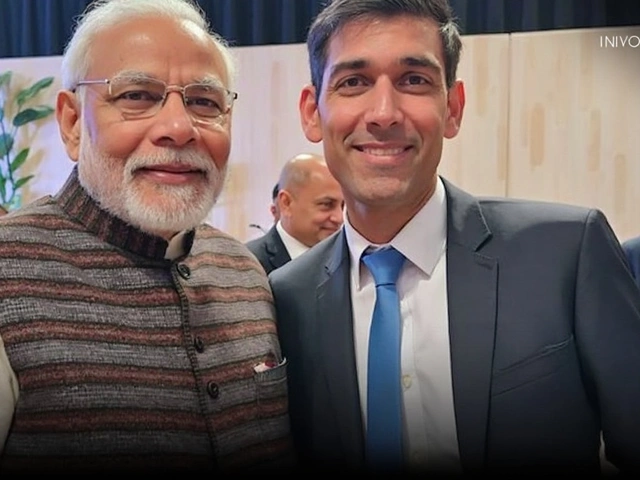Why Everyone's Watching the Gold Rate in India Right Now
Suddenly, everyone from investors to families planning weddings is buzzing about one question: could the gold rate in India break past ₹1.25 lakh per 10 grams? That's not just a jump—it would be a record high, well above what most of us have ever seen. Yet, if you look at what major financial analysts and banks are forecasting, the story isn’t quite so straightforward.
Gold has always had a special spot in Indian households. In times of uncertainty, people look at it as a sort of 'go-to' asset—a shield against whatever the world throws at us next. Recently, with headlines full of trade disputes, conflicts, and economic storms blowing across America and China, the safe-haven shine of gold is burning brighter than usual. But is a runaway price spike inevitable? Or will things cool off?
What's Driving—and Restraining—Gold Prices?
Let's get into what's actually pushing prices up. Right now, geopolitical tensions and the US-China face-off are making global investors nervous. History shows that when the world feels risky, gold demand shoots up. In 2023 and early 2024, central banks across Asia and Europe have been on a gold-buying spree to beef up their reserves, making supply tighter. The US economy is sending mixed signals, with worries about a possible recession causing big players to hedge their bets on gold rather than stocks or real estate.
A well-known report from Goldman Sachs expects the price of gold in India to climb as high as ₹1.11 lakh per 10 grams by the end of 2025, given these pressures. They're not alone—similar views from other big institutions are peppered through recent financial updates. Still, none are going on record saying ₹1.25 lakh is locked in. So why the difference?
The biggest wildcard here is central bank demand. Countries like China, Russia, and even India are scooping up gold to diversify away from the US dollar. At the same time, regular investors are pouring money into gold exchange-traded funds (ETFs), pushing demand closer to supply limits. That's a recipe for higher prices. But if central banks pause their buying or if the American economy avoids a recession, things could swing back the other way.
Don't forget about US Treasury yields, either. When bond yields are high, gold tends to dip as people chase better returns elsewhere. But when yields fall—something that often happens when recession fears build up—gold shines again. This dance keeps the market guessing.
Analysts also remind us about inflation. If inflation in the US or Europe stays hot, gold's appeal strengthens. Indians know this well—gold isn't just a luxury here; it’s a hedge against rising costs and rupee volatility.
- Central bank demand remains a huge factor.
- ETF flows signal retail investor trust in gold.
- Geopolitical risk—every border skirmish or election jitters can boost gold’s allure.
- US economic data swings prices up or down, depending on recession odds.
So, could we see a serious price correction? Not many experts are betting on a big slump, at least until global stability returns. But the run-up to ₹1.25 lakh might be more about sentiment and speculation than a guarantee from fundamental data. For now, all signals point to gold staying expensive, with minor pauses or corrections rather than a dramatic tumble.






